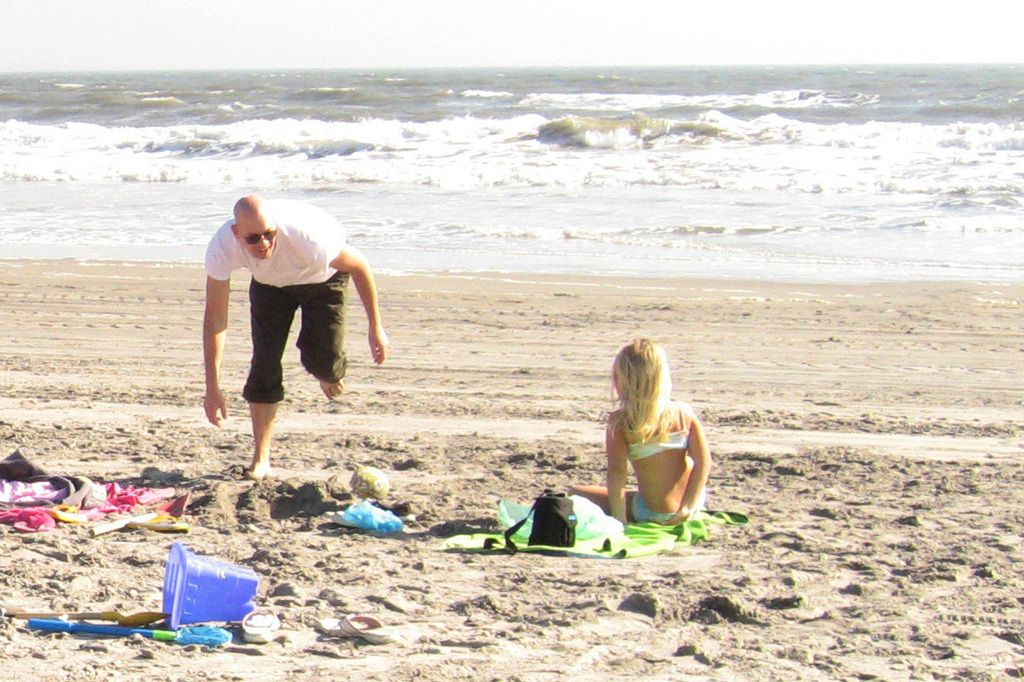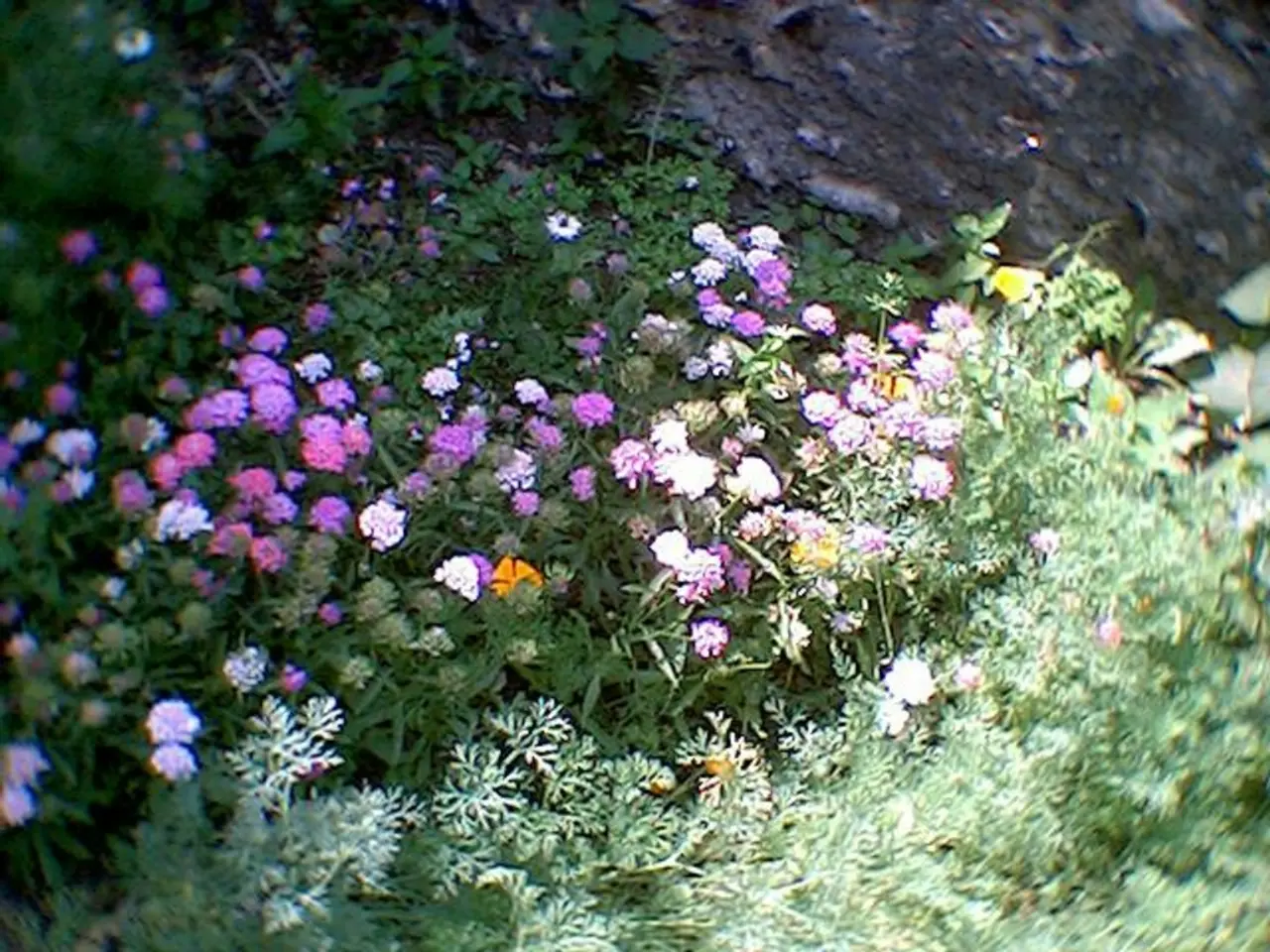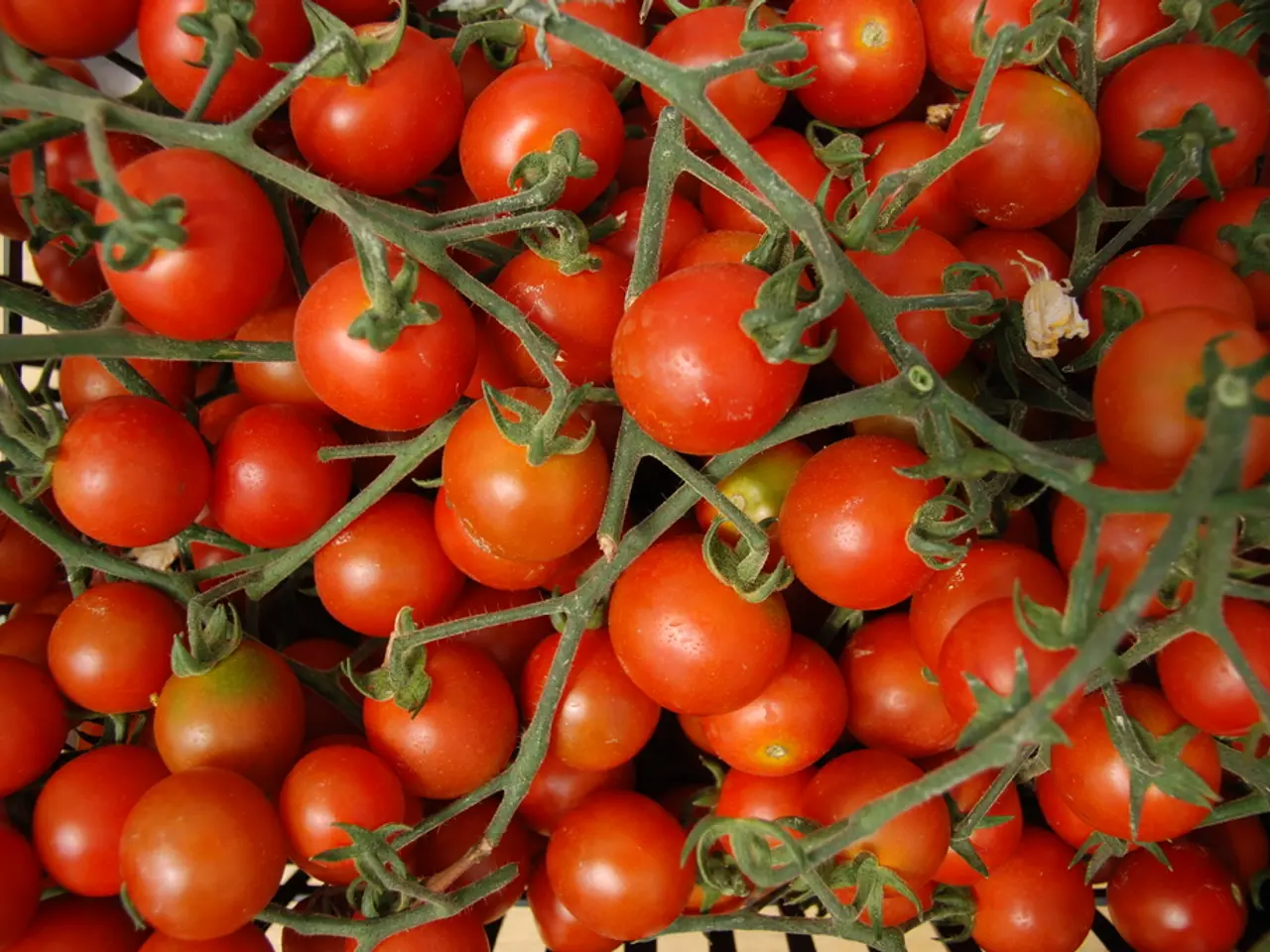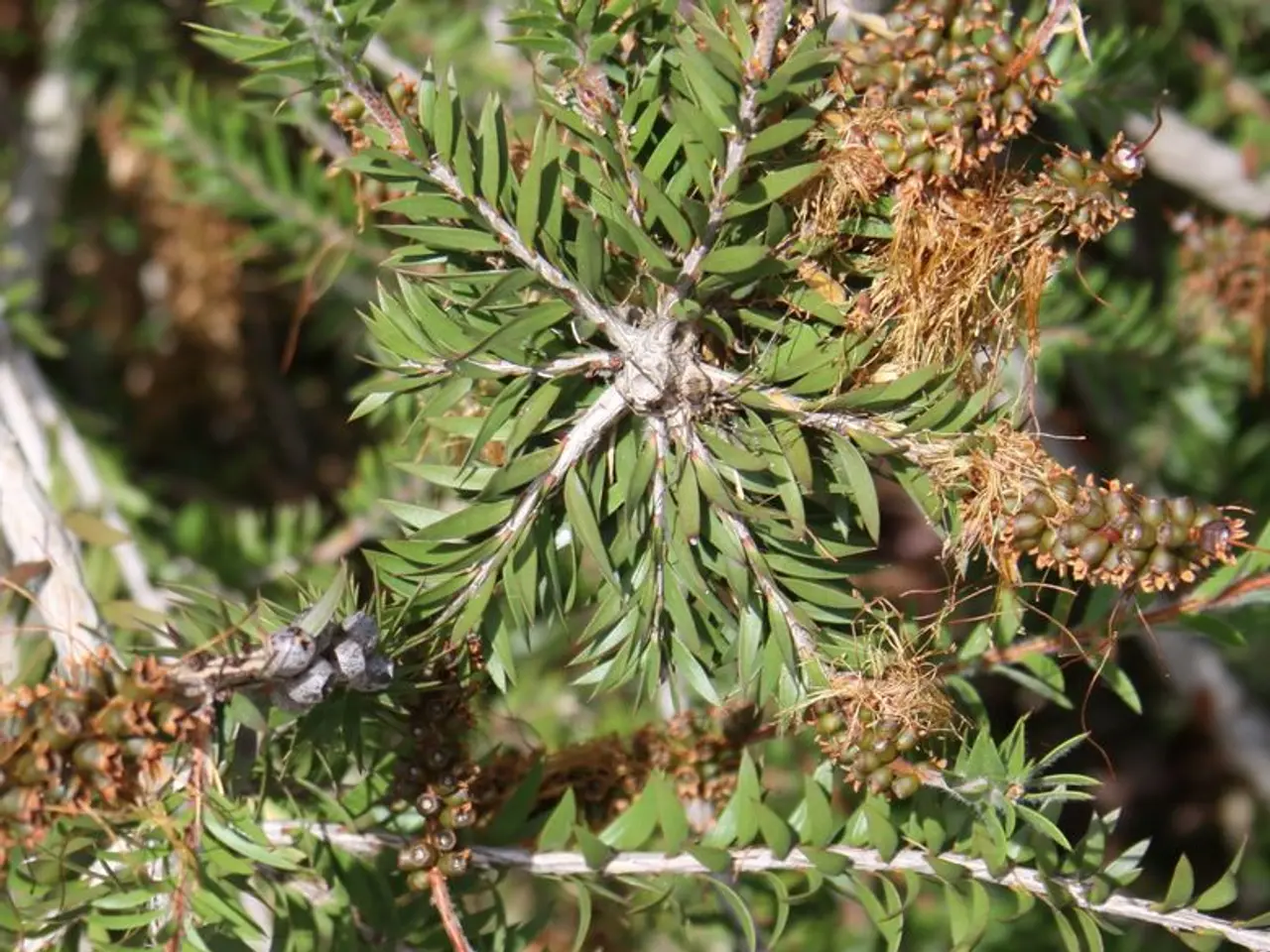It's Strawberry Time Again in Thuringia!
Strawberries successfully picked in Thuringia for the first time this season - Strawberries successfully picked in Thuringia for the first time
Welcome the arrival of spring in Thuringia with the luscious redness of the first strawberries of the season! These succulent fruits are being scooped up in harvest baskets across the Free State, even amidst a brisk chill in the air. The season has officially kicked off under coveted sunshine, despite the cool temperatures.
According to the Thuringian Ministry of Agriculture, 16 farming operations are busy tending to approximately 141 hectares of strawberry fields. Out of this agricultural expanse, roughly 54 hectares are new plantings that won't yield fruits this season. Notably, Thuringia contributes merely one percent of Germany's total strawberry harvest area. In the previous year, local farmers managed to reap around 673 tons of strawberries.
Strawberry Growers Face a Host of Challenges
Before the traditional opening of strawberry season in Gebesee, State Secretary for Agriculture Marcus Malsch outlined the hurdles growers must overcome. These obstacles encompass escalating production costs, intensifying competition within Europe, and the impact of rising minimum wages. Malsch emphasized that despite recent production cuts, the strawberry remains a symbol of pride for Thuringia's fruit and vegetable cultivation.
Navigating these challenges requires innovative solutions: some farmers are adopting more intensive production methods, extending their offering period through plastic greenhouses, or striving to maintain competitive edge by optimizing their yield and quality. Yet, high-quality local produce tends to come at a premium, as Malsch made clear.
The Decline of Domestic Strawberry Production
Based on data from the ministry, strawberry cultivation in Germany has decreased since 2015. In Thuringia, the output of open-field strawberries dropped an concerning 62 percent during this period. Although production in protected environments, like greenhouses, has expanded, it hasn't been sufficient to offset the overall decline. One of the largest growers in the region is Erdbeerhof Gebesee, which tends both open fields and strawberries under plastic tunnels. Over 90 full-time workers will be needed for this year's harvest, and the freshly picked berries will be sold through supermarkets, roadside stands, and farm shops.
Supporting Agriculture for a Better Future
Malsch explained that the aim of the state government is to alleviate the burden on agriculture by implementing measures such as a bureaucracy hotline, the voluntary nature of the land register, and the Pakt für Wachstum und Arbeitsplätze. These initiatives are designed to minimize bureaucracy and free up resources for cost savings and investments, benefiting small- and medium-sized farms in the long term.
Don't forget to appreciate local, seasonal strawberries as they bring the essence of spring to our tables!
- Strawberry Season
- Thuringia
- Farming Challenges
- Germany's Strawberry Production
- Supporting Agriculture
- Spring
- Sömmerda
Challenges for Strawberry Growers (General)
- Weather Conditions: Extreme weather can affect strawberry yields, with droughts causing water stress and cold snaps imperiling flowers and young fruits.
- Pests and Diseases: Strawberry plants are susceptible to various pests and diseases, such as aphids, slugs, and fungal infections.
- Market Fluctuations: Market demand and prices can be volatile, impacting the profitability of farms.
- Environmental Regulations: Compliance with environmental regulations may pose challenges for growers, including restrictions on water usage and pesticide applications.
- Labor and Mechanization: Strawberry farming requires manual labor for planting, weeding, and harvesting, which can make finding labor or affording mechanization difficult for smaller farms.
Specific to Thuringia
- Climate: Thuringia's climate is generally mild, but it can be influenced by broader European weather patterns.
- Market Competition: Thuringia competes with stronger strawberry-producing regions within Germany, potentially making it harder for smaller growers to maintain their market share.
- The following are to be added to the list of products: strawberries from Thuringia.
- This spring, amidst the lifestyle improvements that come with the season, be sure to include home-grown Thuringian strawberries on your table.
- Despite the challenges faced by strawberry growers in Thuringia, such as high costs, competition, and labor shortages, the region remains committed to maintaining a high-quality strawberry harvest.
- To support Thuringia's agricultural sector and ensure a steady supply of locally grown strawberries, consider visiting their farm shops, roadside stands, and supermarkets this season.








